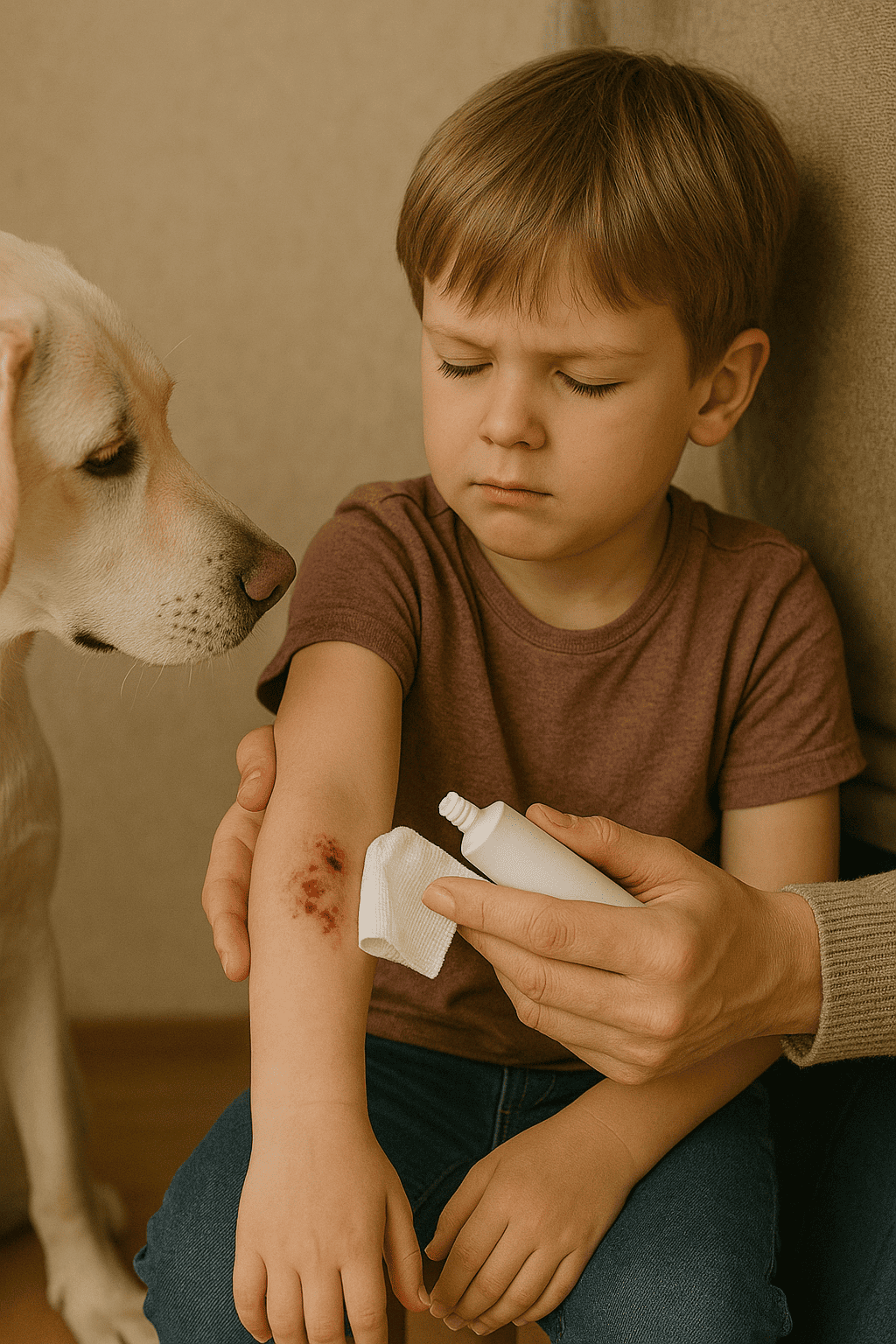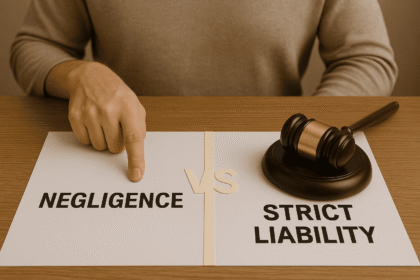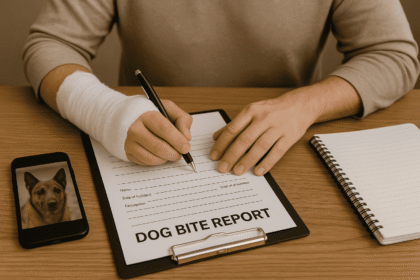If your child is bitten by a dog, it’s a scary experience. Our guide explains the immediate steps to take for medical care, how to document the incident, and how to support your child’s emotional recovery. Get clear advice now.
There is nothing more frightening than seeing your child get hurt. When that harm comes from a dog bite, the feelings of fear, anger, and confusion are multiplied. Your child’s physical and emotional well-being is the absolute priority, and this guide is designed to help you take the right steps during this difficult time.
Step 1: Immediate Medical Care (Physical and Emotional)
Before anything else, your child’s health comes first.
- Secure Your Child and See a Doctor Immediately: Move your child to a safe place away from the dog and go directly to the nearest emergency room or your pediatrician’s office. Never delay this step, even if the wound seems minor. Doctors are best equipped to assess the risk of infection and treat the wound properly.
- Focus on Reassurance: Your child is scared and in pain. Stay as calm as you can (we know this is hard). Speak in a soft, reassuring voice, hug them, and let them know they are safe now and that you are there for them. Your calm reaction will help them feel secure.
Step 2: Your Role as the “Documenter“
While your child is receiving care, you can begin to calmly gather information. You are doing this on their behalf.
- Make an Official Report: Contact the police or local animal control to create an official report of the incident. This report is very important and provides an unbiased record of what happened.
- Gather Information: Try to get the name and contact information of the dog’s owner and any witnesses.
- Take Photos: Take clear pictures of your child’s injuries (after the doctor has approved), any torn clothing, and the location where the incident occurred.
Step 3 (The Most Important): Monitor for Emotional Trauma
For a child, the emotional harm can be much deeper and more long-lasting than the physical wound.
- Understanding Trauma: It is very common for a child to develop an intense fear of dogs (Cynophobia) after an attack. They might also experience nightmares, anxiety about leaving the house, or bed-wetting.
- Talk and Listen: Encourage your child to talk about their feelings, but don’t push them. Listen with empathy and validate their fears. Saying things like, “I understand you’re very scared, and that’s okay,” can be very helpful.
- Consider Professional Help: If your child’s fear and anxiety continue for a long time, never hesitate to consult a child therapist who specializes in trauma. Therapy can help your child process this difficult experience. Remember that the cost of this treatment can be part of any insurance claim.
The Legal Side of Children’s Cases
The legal system typically takes cases involving children very seriously.
- A Higher Standard of Care: Dog owners are often held to a higher standard of responsibility when the victim is a child, as children cannot be expected to know how to act cautiously around animals.
- Compensation for Future Damages: Claims involving children often take future damages into account, such as the cost of future plastic surgery for scars and long-term psychological therapy.
A Final Message to Parents
Remember, your role is to be your child’s advocate. Take care of their health first, document everything, and most importantly, be the source of emotional support they need to get through this.
Disclaimer:
This guide provides informational guidance. Always consult a pediatrician to assess your child’s physical and emotional health, and a qualified attorney to understand your legal rights.





